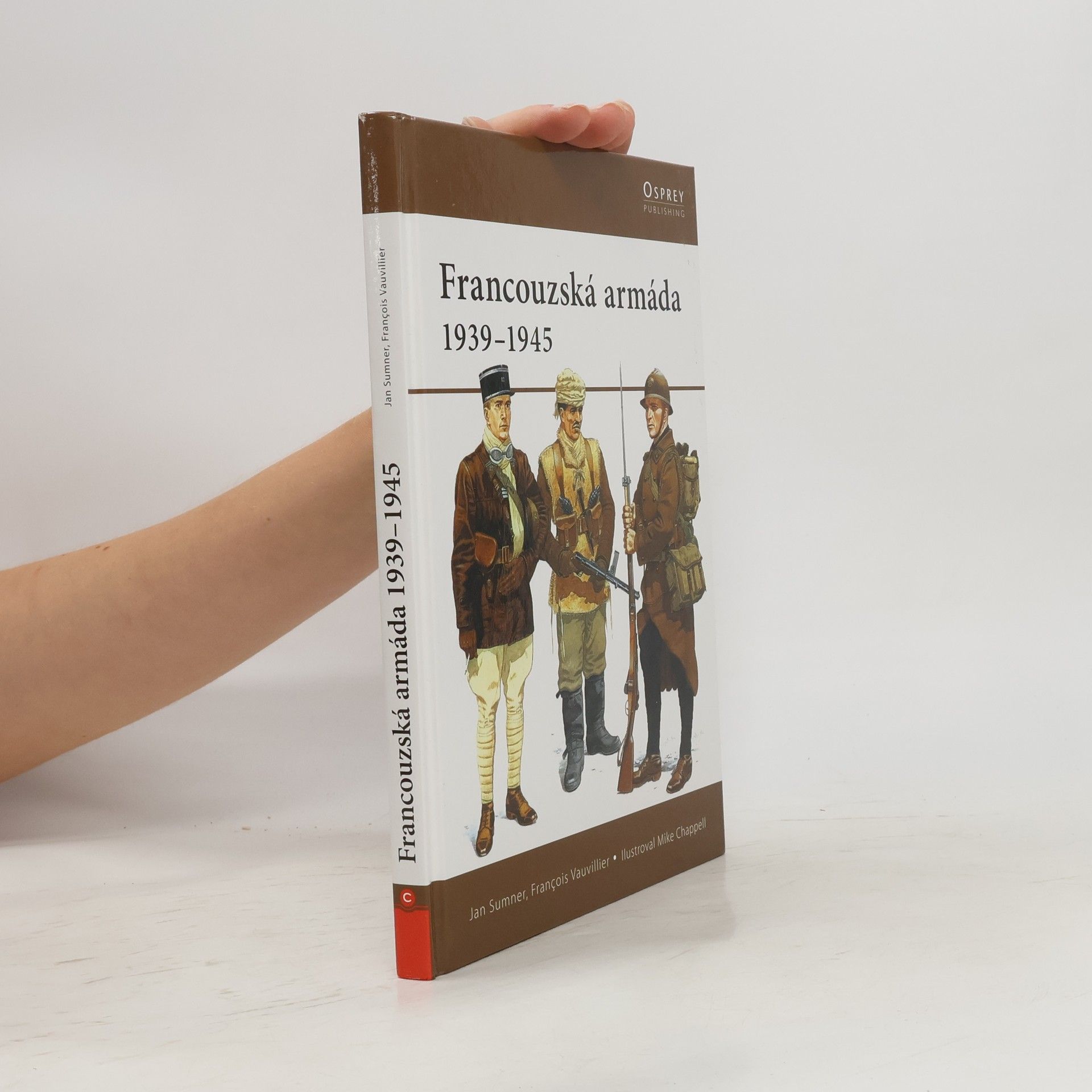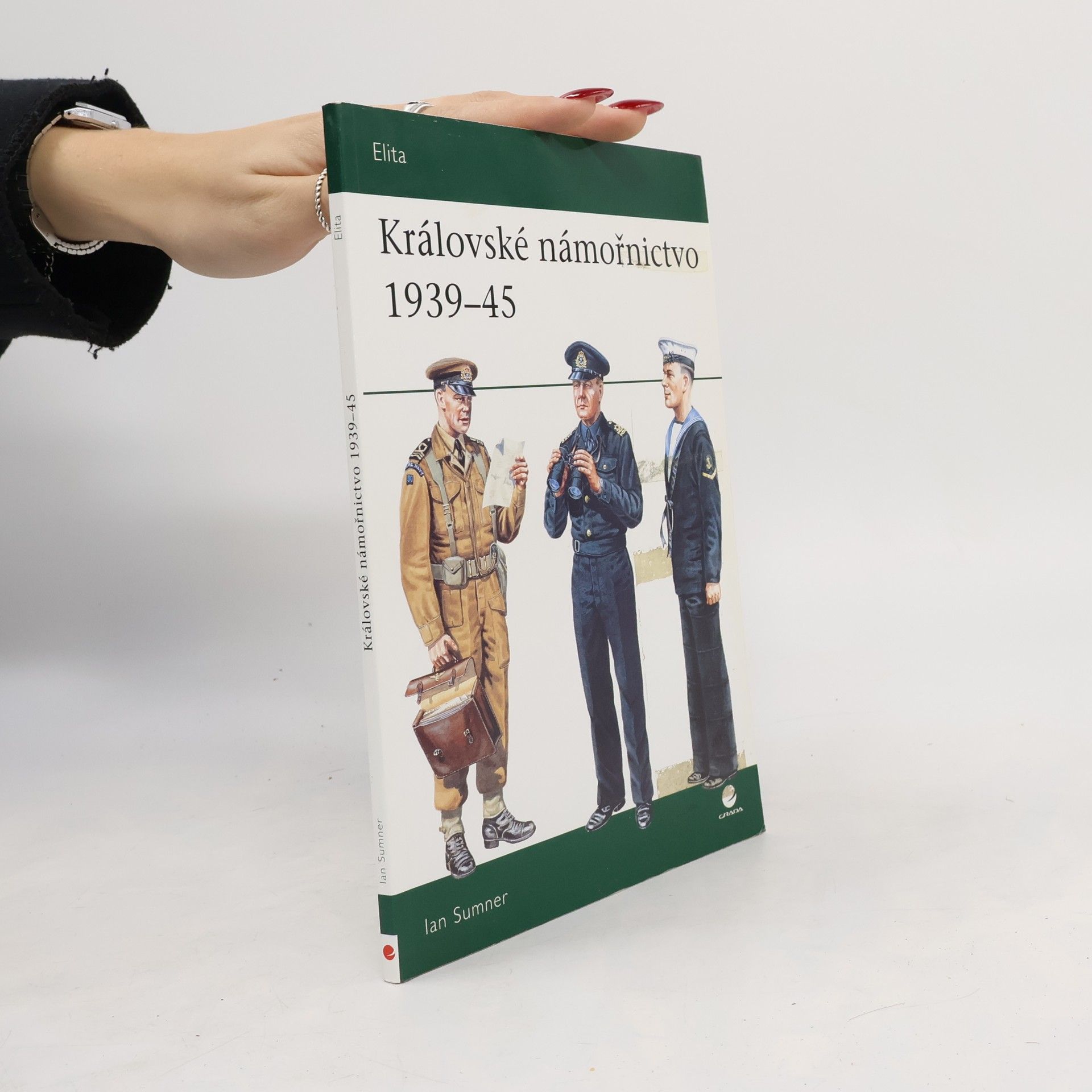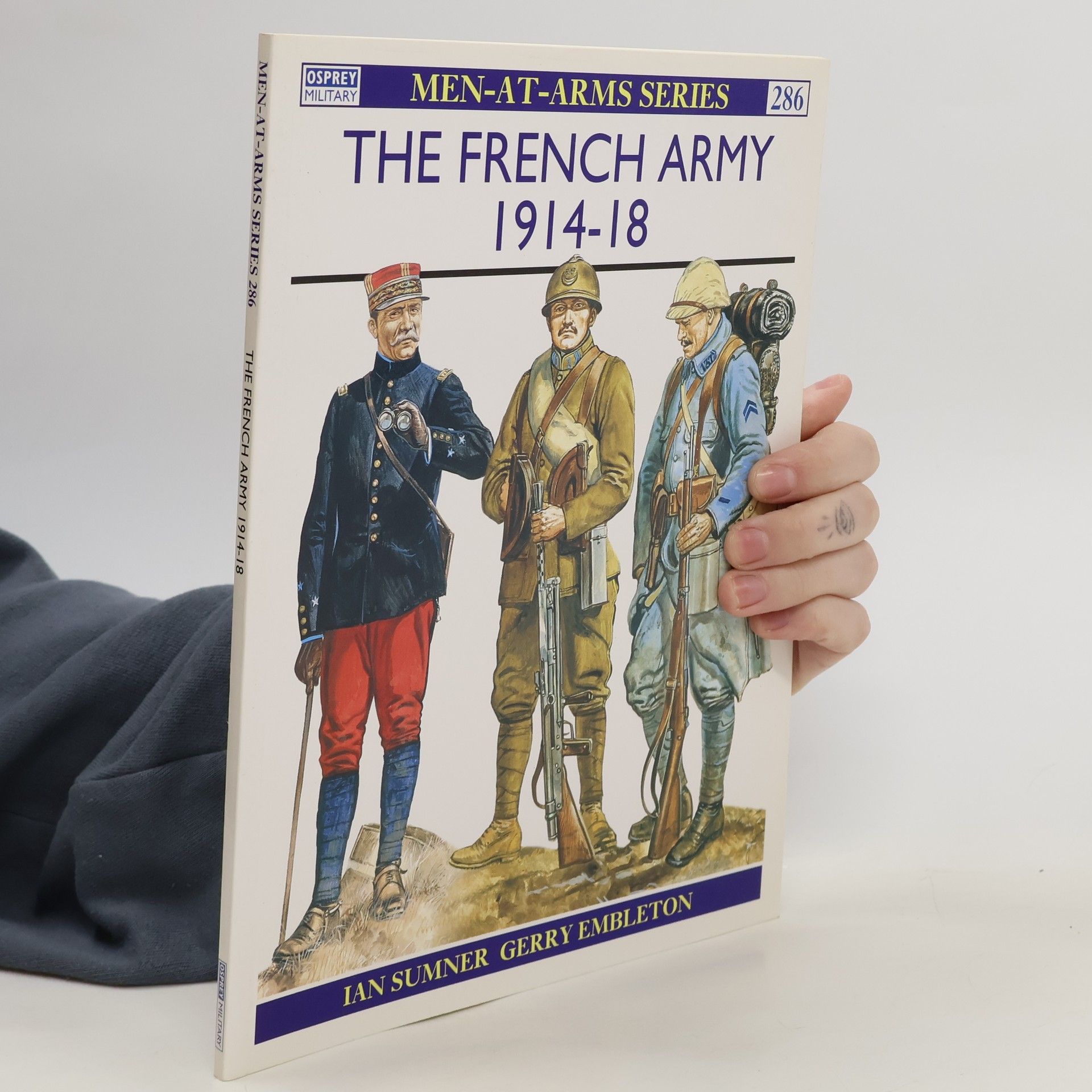The French Air Force in the First World War
- 160 pages
- 6 hours of reading
Photographic history of the French air force in the First World War





Photographic history of the French air force in the First World War
Photographic history of one of the great battles of the First World War.
V roce 1939 byla francouzská armáda považována za nejsilnější armádu své doby. Události v následujících deseti měsících však měly ukázat, že ve skutečnosti se potýkala se značnými vnitřními problémy. Tato publikace představuje francouzskou armádu v celém období druhé světové války – rozebírá jak armádu v letech 1939–1940 a armádu vichistické Francie, tak i jednotky Svobodné Francie, která se zrodila v roce 1940 díky de Gaulleovu úsilí a Churchillově podpoře. Kniha detailně popisuje organizaci, uniformy, výzbroj a výstroj francouzských vojáků na různých bojištích, a to za bohatého využití dobových fotografi í i barevných ilustrací.
Po vypuknutí války mělo Královské námořnictvo celosvětové závazky, navzdory svému legendárnímu profesionalismu všask bylo bržděno zastaralou doktrínou. Zpočátku sice došlo k několika střetům bitevních lodí, válku na moři ovšem záhy začal ovlivňovat pokrok dosažený v ponorkové a letecké válce. Do poloviny roku 1943 se Královskému námořnictvu podařilo ovládnout Středozemní moře, vítězilo nad německými ponorkami na Atlantiku a dopravovalo v konvojích obrovské množství válečného materiálu před Atlantik a do Ruska. Zárověn výrazně přispělo k vylodění v Normandii a vyslalo silné jednotky na podporu amerického námořnistva v jeho závěřecném tažení proti Japonsku
Initially the strongest of all the Allied armies, France's metropolitan and colonial units bore the greatest burden during the first two years of the Great War, and made a great contribution to the final victory. In common with most European countries, the pre-war French Army was based on a system of national military service providing conscripts who could be subject to recall as reservists for several years after. However, the advent of war, the crisis in manpower, and the development of new tactics and weapons brought radical changes. The influence of these factors on the organisation, equipment, uniforms and tactics of the French Army during World War I is examined in detail in this title.